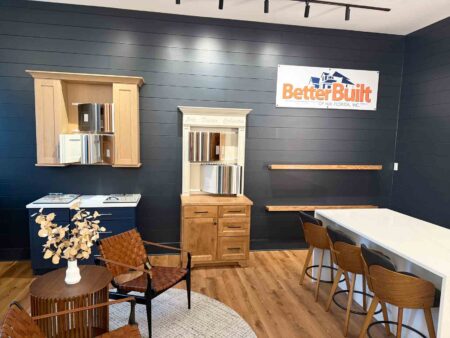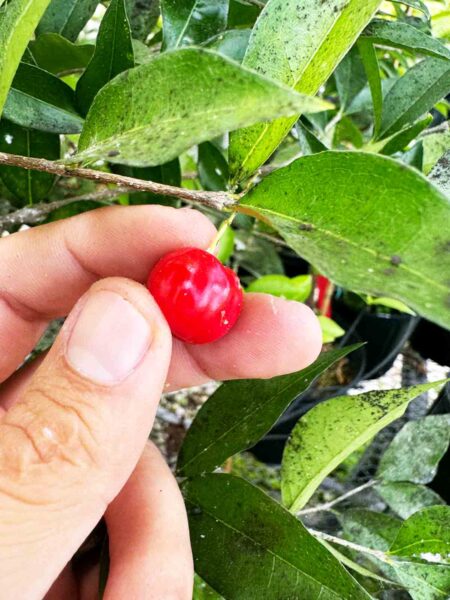The tubers make Florida betony tough to control. Even when above-ground foliage and stems are killed due to herbicide use, the tubers allow the regeneration of the plant repeatedly. When attempting to control this weed, it helps to be more persistent than the plant. Many people give up.
Q. How can I control rattlesnake weed?
A. Florida betony weed, commonly called rattlesnake weed, is a Florida native plant. It’s thought to have been confined to Florida until it was moved to other Southeastern states during the 1940s or 1950s in nursery containers. It is now found from Texas to North Carolina. Its square stems are characteristic of the mint family of which it is a member.
Underground white, fleshy tubers, which resemble a rattlesnake’s rattle in shape, provide the main means of reproduction. Pinkish-purple flowers are followed by a dried fruit that splits open releasing tiny seeds, which are a lesser means of reproduction.
The tubers make Florida betony tough to control. Even when above-ground foliage and stems are killed due to herbicide use, the tubers allow the regeneration of the plant repeatedly. When attempting to control this weed, it helps to be more persistent than the plant. Many people give up.
Even though it is a perennial, the aboveground portion of the plant grows during fall and spring and becomes dormant during hotter weather.
You can remove the weed by digging, making sure to remove the entire root system (including the tubers). But persistence and patience is required. Herbicide control usually involves repeat applications of atrazine or 2,4-D products in centipede, St. Augustine and zoysia lawns. But do not use atrazine on bermuda or bahia lawns. Glyphosate herbicides can be used to control Florida betony in plant beds. But do not get the herbicide on any green portion of desirable ornamentals.
Always refer to the product’s label for specific uses, application rates and turfgrass tolerance when using any herbicide.
Q. When should a lawn be aerated?
A. Core aeration is usually done when the soil is compacted. The compaction problem can occur over time (usually years in a home lawn) from foot traffic, mowing equipment, vehicles parking on lawn, etc. If it’s difficult to push a screwdriver several inches into the soil, this can indicate a compaction problem. Aeration is done to help increase air and water movement into the soil. When needed, it’s best to use an aerator that takes out plugs of soil instead of one that has solid spikes that just pokes holes in the ground. Solid spikes may not alleviate the compaction issue; they may even make it worse. The best time to aerate is when the lawn is actively growing but not when it’s under stress from hot or dry weather. The best time of year to aerate is mid-April to Mid-June.
Larry Williams is the Extension horticulture agent with the Okaloosa County Cooperative Extension Service, University of Florida. Contact Larry at 689-5850 or email lwilliams@myokaloosa.com.








